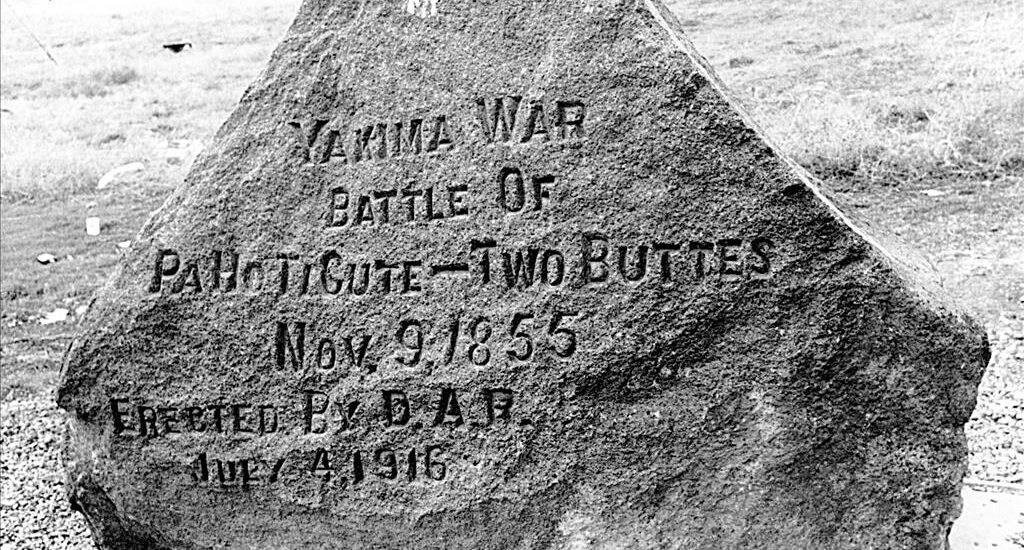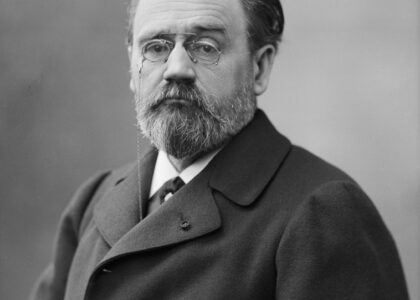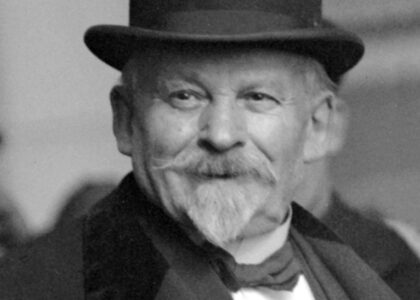Welcome to the Union Gap, a site steeped in the rich and complex history of the Yakima War. Situated in the heart of Washington State, this location represents a significant chapter in the story of the American West.
The Union Gap was the backdrop for the Yakima War, a series of conflicts between the United States and the Native American tribes of the Pacific Northwest that took place from 1855 to 1858. This war was rooted in the tensions between Native American tribes, including the Yakama, and the encroaching settlers and miners who moved into the region following the discovery of gold. The land, rich in resources and strategically located, became a point of contention, leading to a three-year struggle for control and sovereignty.
The conflict began shortly after the signing of the Treaty of 1855, which was intended to establish peace between the tribes and the U.S. government. However, misunderstandings and broken promises led to hostilities. Notable figures such as Chief Kamiakin, a prominent leader of the Yakama Nation, played a crucial role in the resistance against the U.S. forces. Known for his diplomatic skills and military strategy, Kamiakin sought to defend his people’s land and way of life.
During the Yakima War, Union Gap was a key strategic location. The gap itself, a natural passage through the hills, served as an important route for both the Native American forces and the U.S. Army. Battles and skirmishes took place in and around this area, with each side vying for control of this critical passageway.
As the war progressed, the U.S. Army, under the leadership of officers like Major Gabriel J. Rains and Major Granville O. Haller, intensified their efforts to suppress the Native American resistance. Despite their efforts, the complex terrain and the resilience of the Native American warriors made the campaign challenging. The conflict eventually concluded with the Yakama being forced onto reservations, a resolution that left a lasting impact on the tribes and the region.
Today, Union Gap stands as a reminder of the turbulent history that shaped the Pacific Northwest. It serves as a testament to the enduring spirit of the Native American tribes who fought to protect their ancestral lands. Visitors to the area can reflect on the sacrifices made and the lessons learned from this pivotal period in history. Union Gap is not just a geographical feature, but a symbol of resilience and the ongoing journey towards understanding and reconciliation.
As you stand here, imagine the sounds of history echoing through the gap—the clash of arms, the calls of warriors, the rustle of the wind carrying stories of the past. Union Gap continues to be a place of significance, reminding us all of the complex tapestry of history that defines this region.






